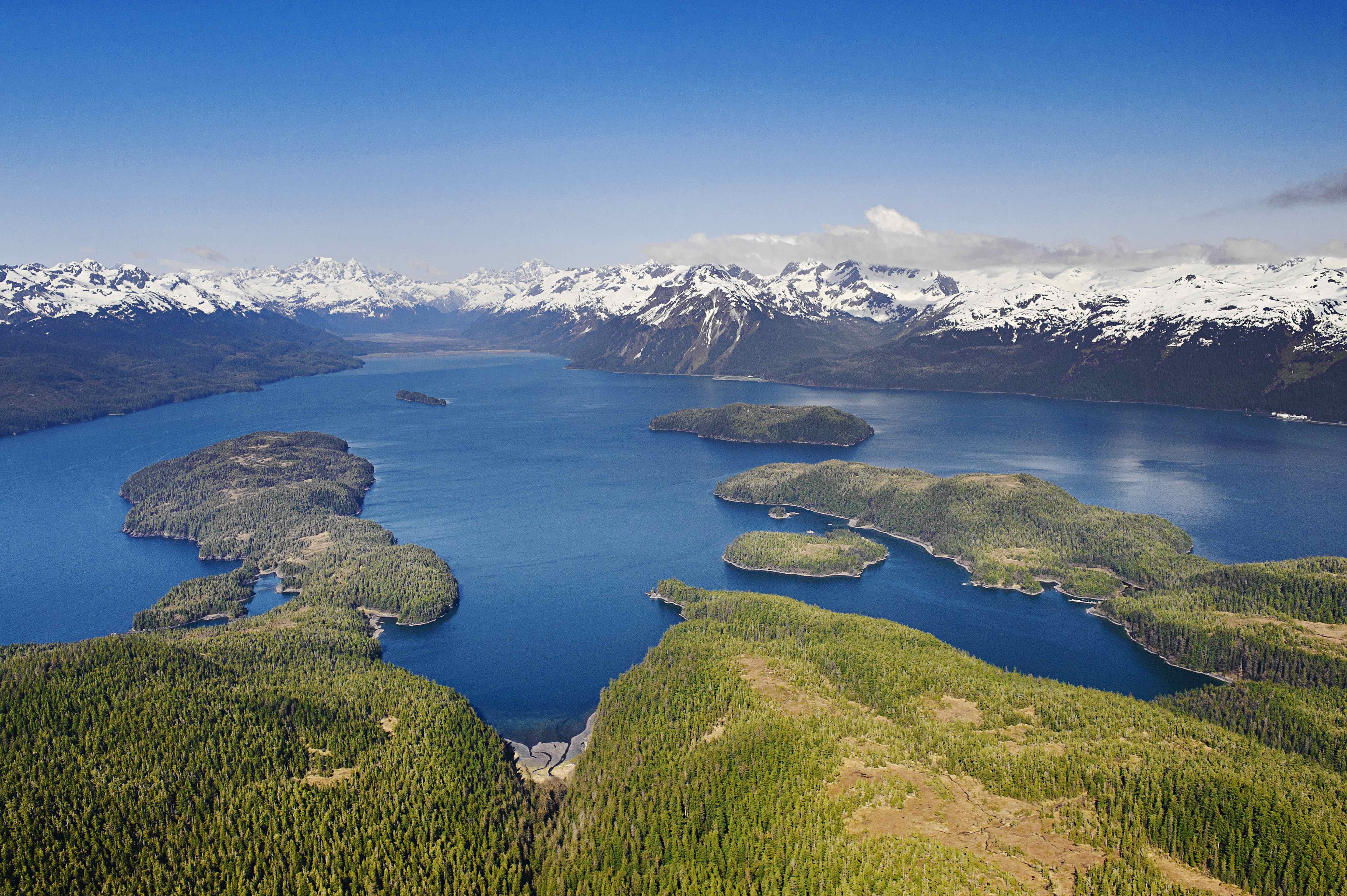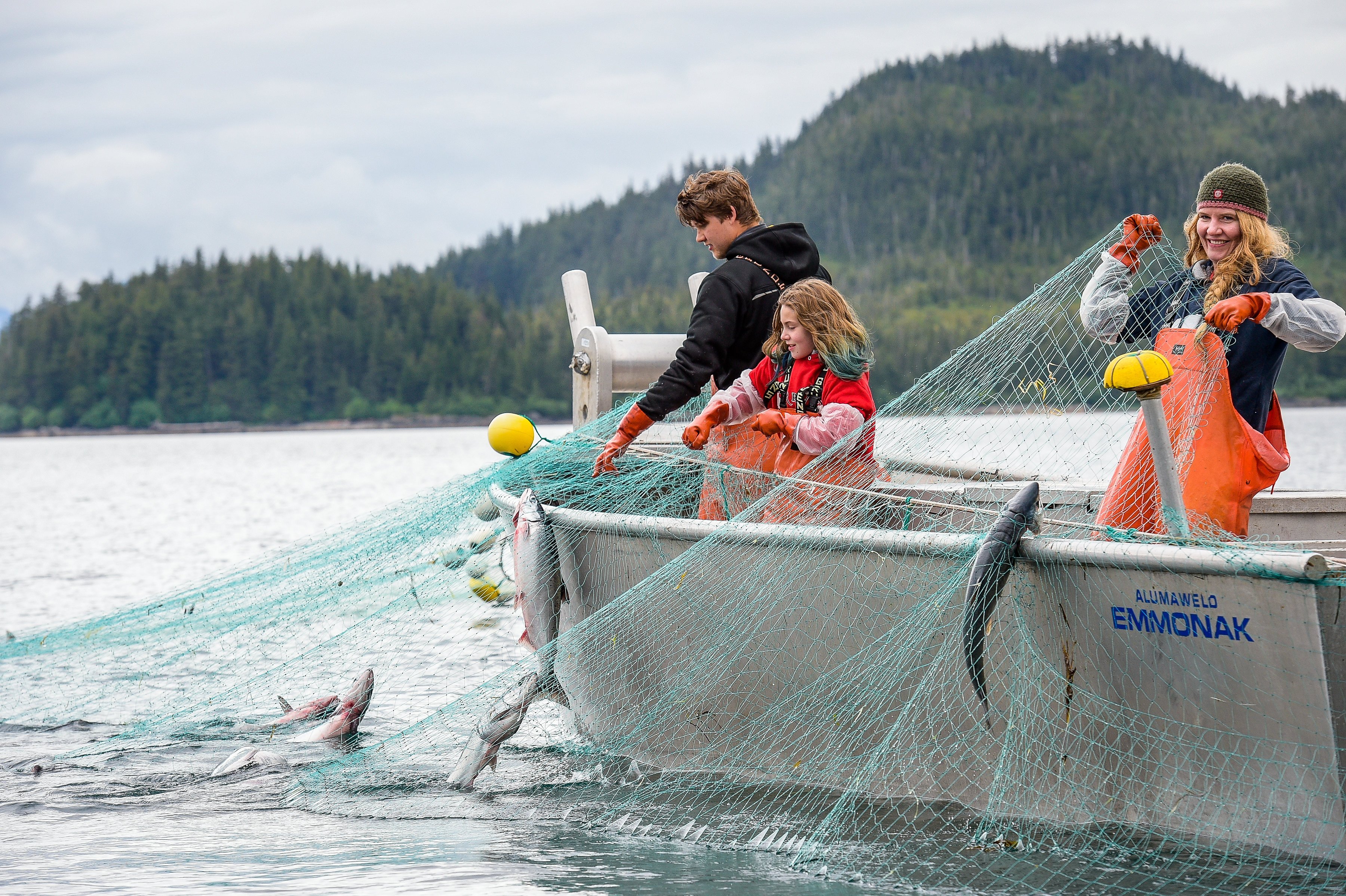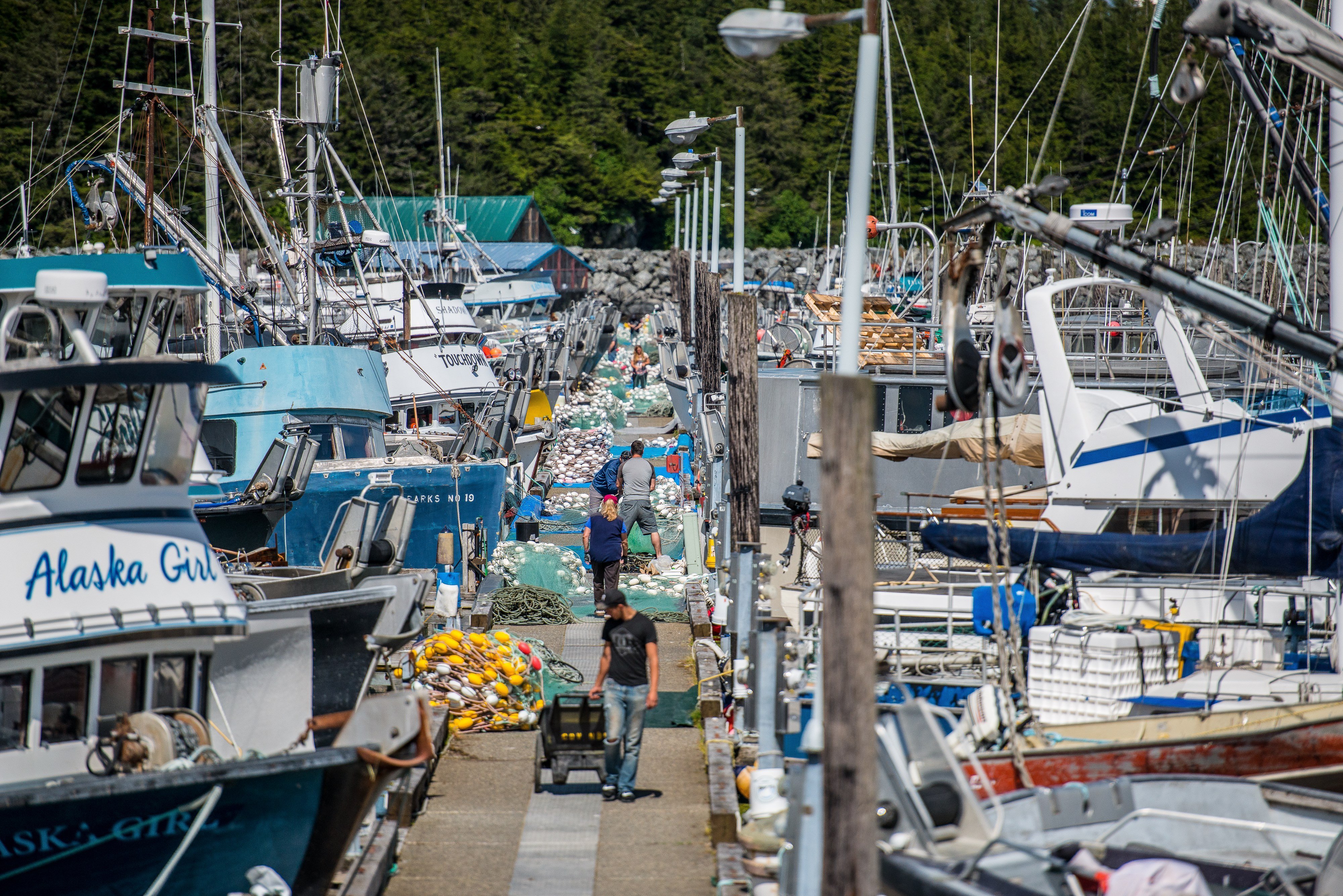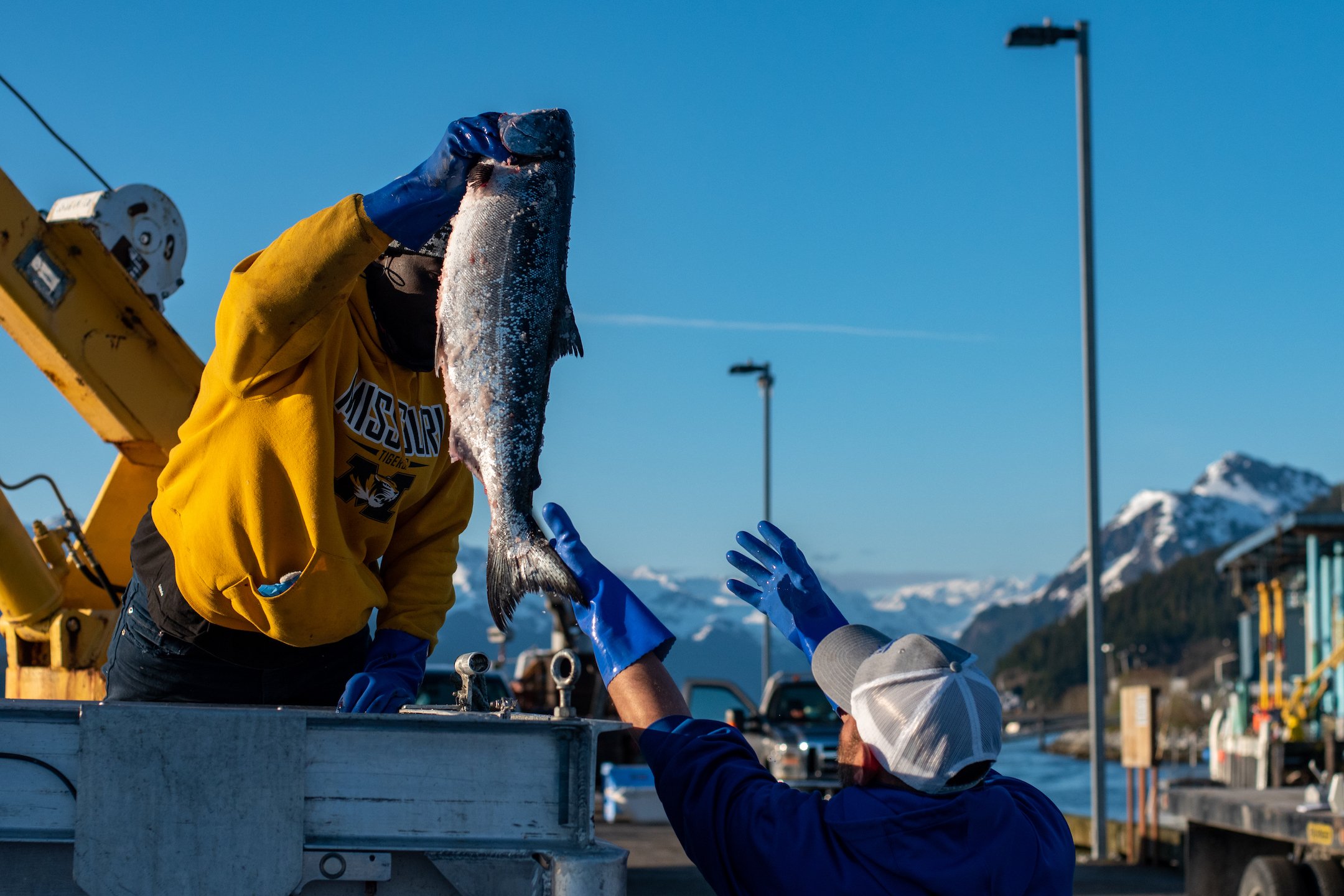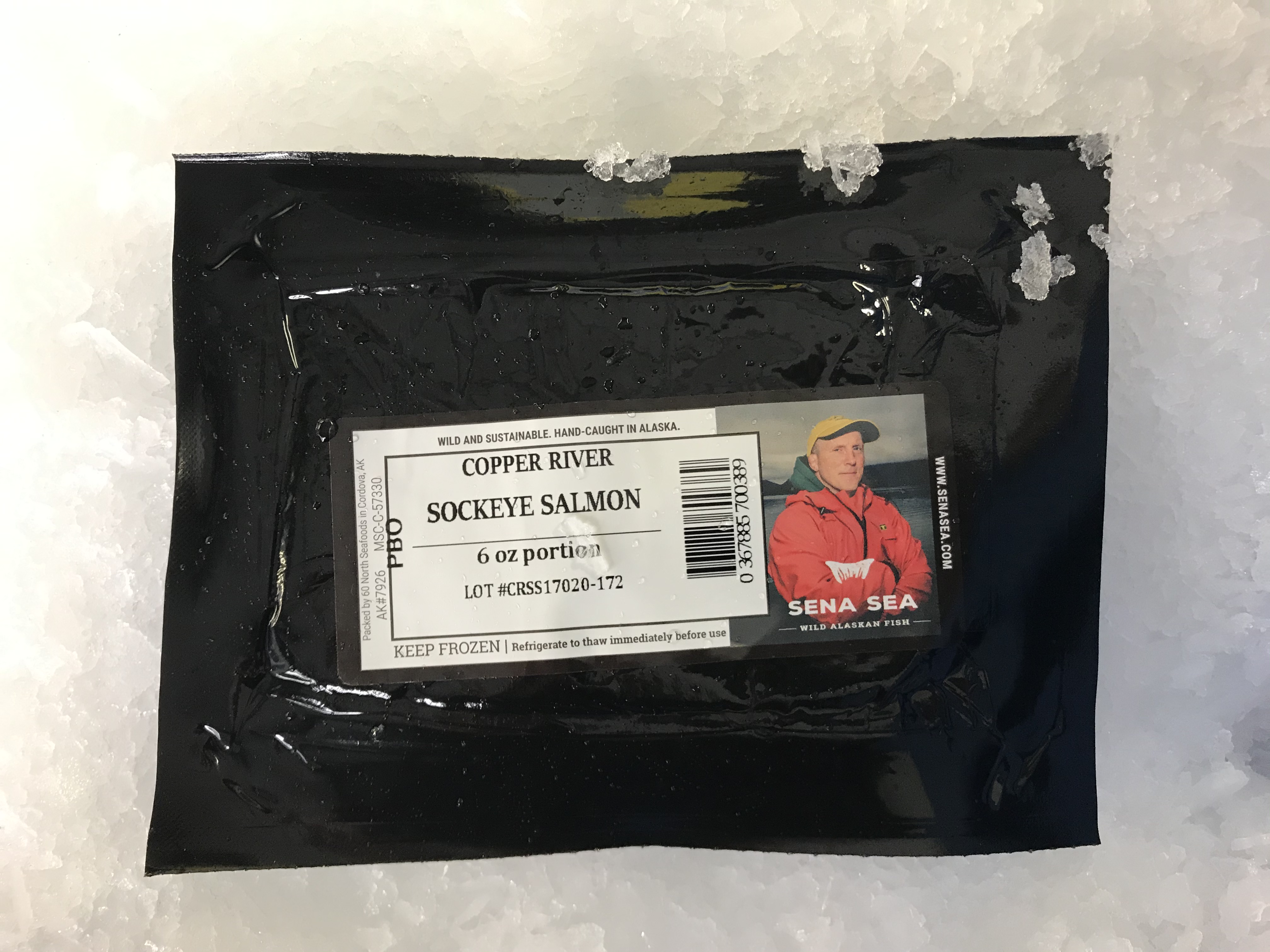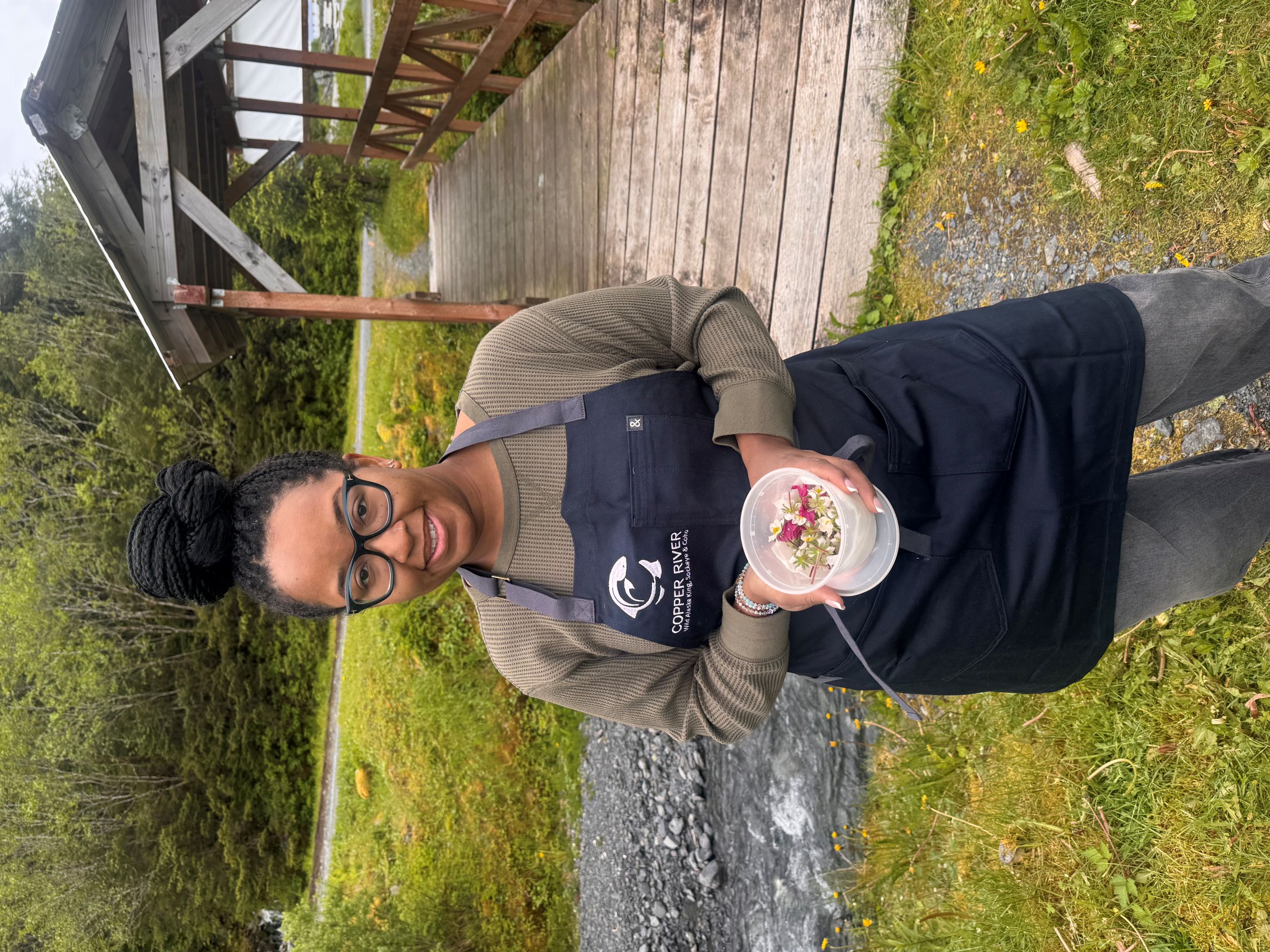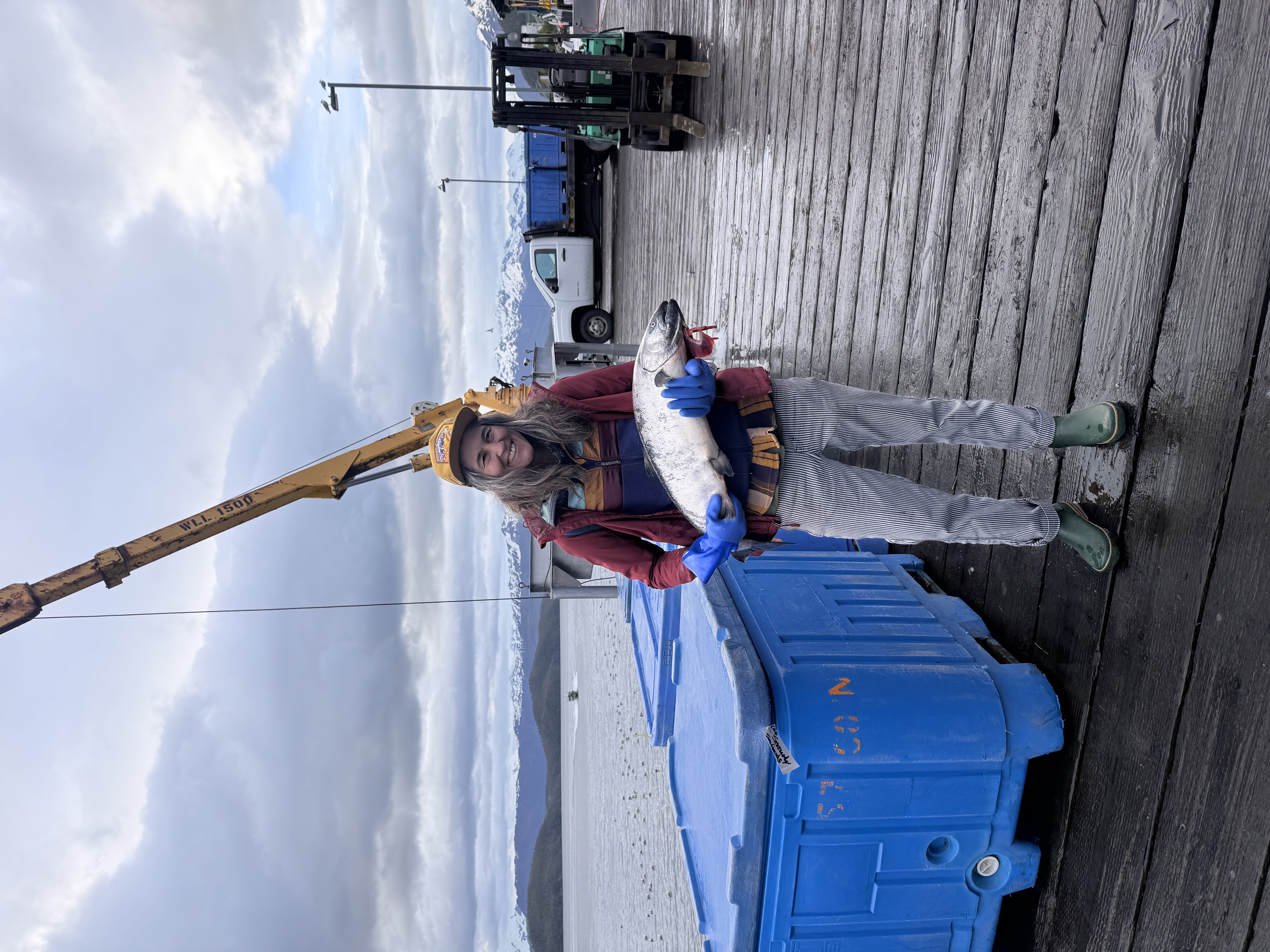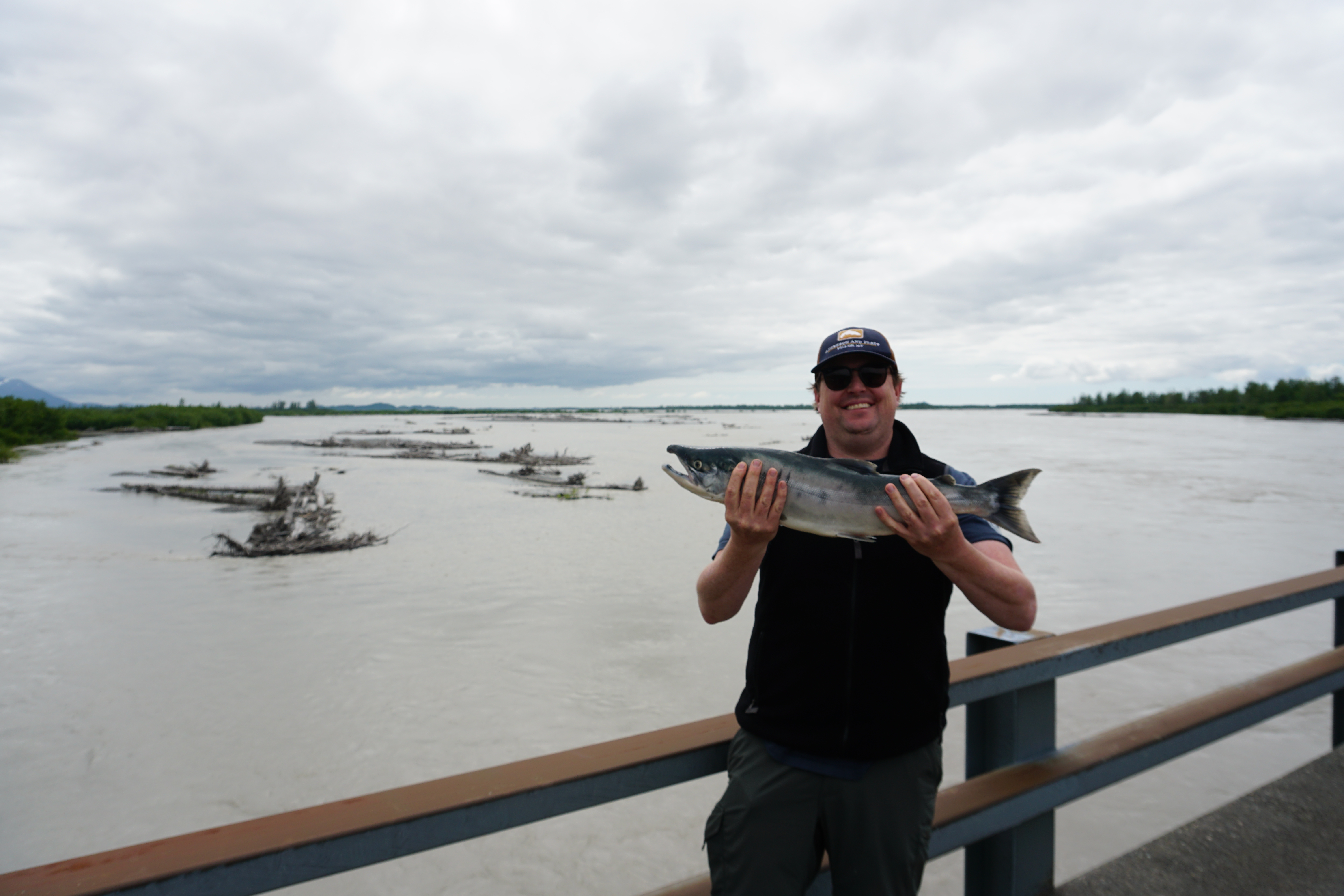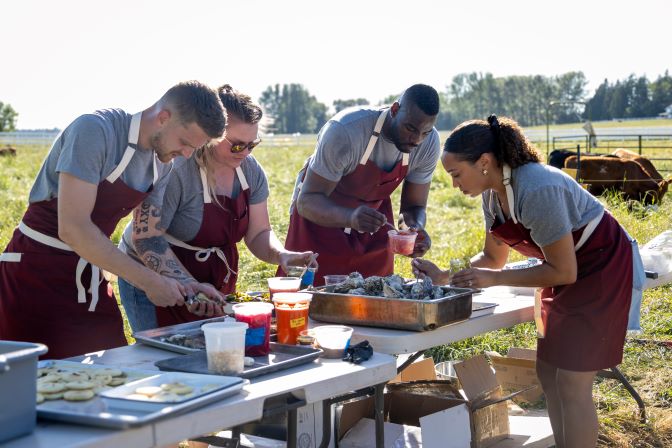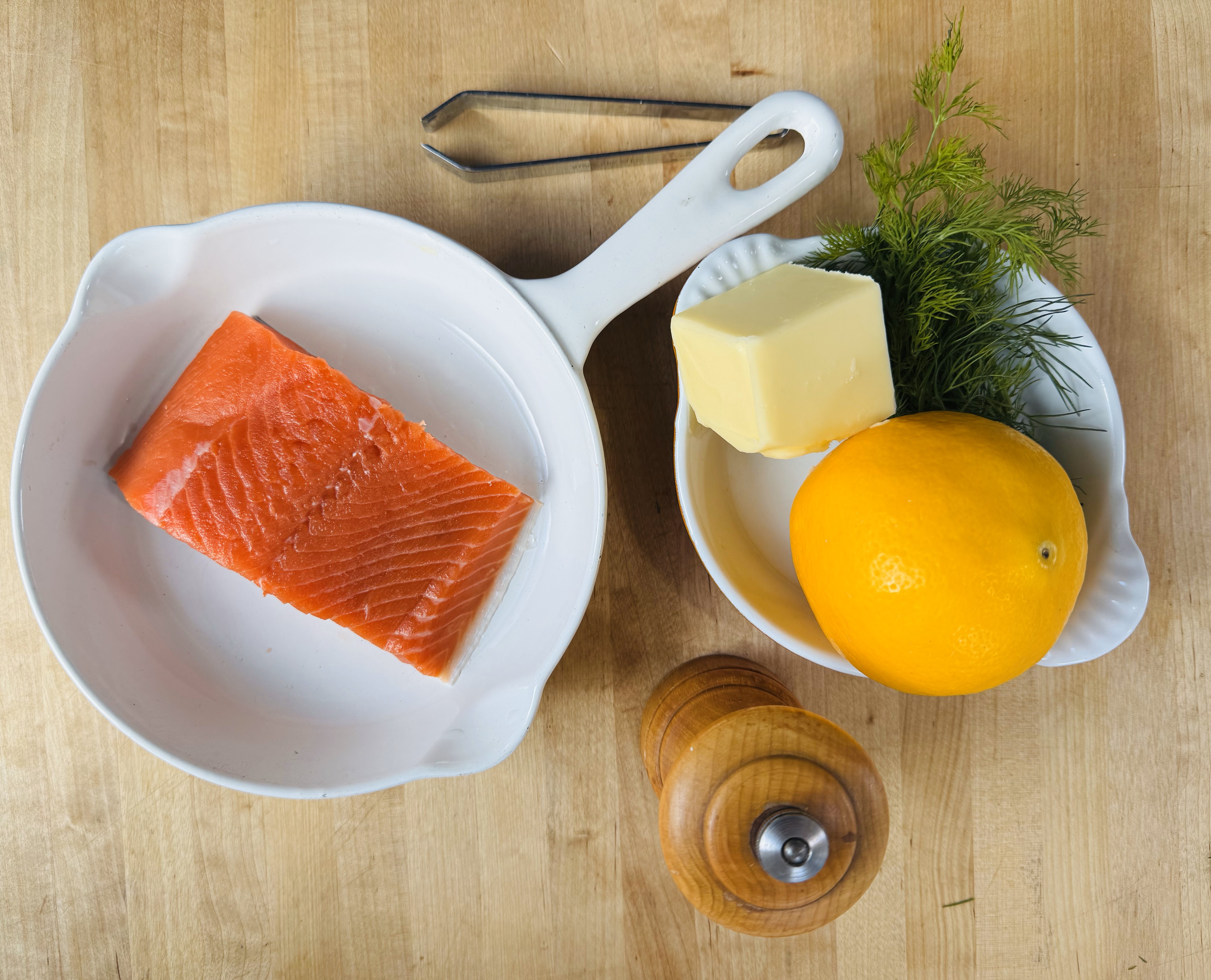By using our website, you agree to the use of cookies as described in our Cookie Policy
Alaska's Small Boat Commercial Fishing Industry
ALASKA'S SMALL BOAT COMMERCIAL FISHING INDUSTRY
A collaborative effort towards sustainability and community well-being
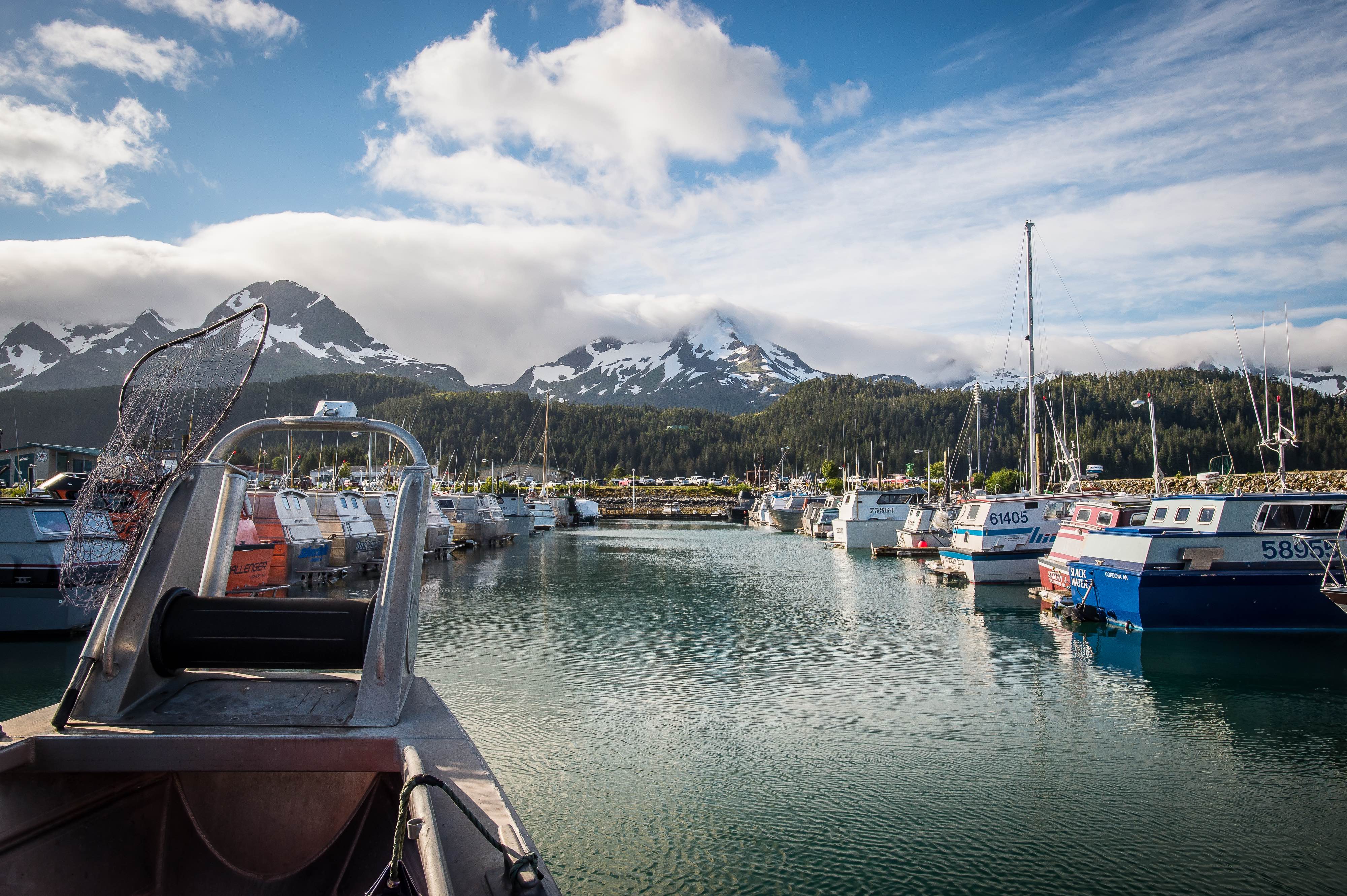
Alaska is known for its vast natural resources, particularly its bountiful fisheries. The state’s marine ecosystem supports an abundance of seafood, including salmon, halibut, crab, and cod. These fisheries not only provide a livelihood for the state's fishermen but also support processing managers, scientists, and law enforcement officers. The sustainable management of these fisheries is essential to ensuring their long-term health and viability, as well as the health and economic well-being of the coastal communities that rely on them.
One of the key players in Alaska's fishing industry are the fishermen themselves. These men and women are the ones who brave the harsh elements and long hours at sea to bring in the catch. They rely on their years of experience, knowledge of the local waters, and the latest science and technology to ensure successful seafood harvests while minimizing their impact on the marine environment. Many fishermen in Alaska have been working in the industry for generations, passing down their expertise from parent to child.
The processing managers and their employees are also an essential part of the industry. These individuals facilitate the processing of the catch, ensuring that it is properly cleaned, gutted, and filleted before being shipped to market. They work with state-of-the-art equipment to ensure that the seafood is processed quickly and efficiently, maintaining its freshness and quality.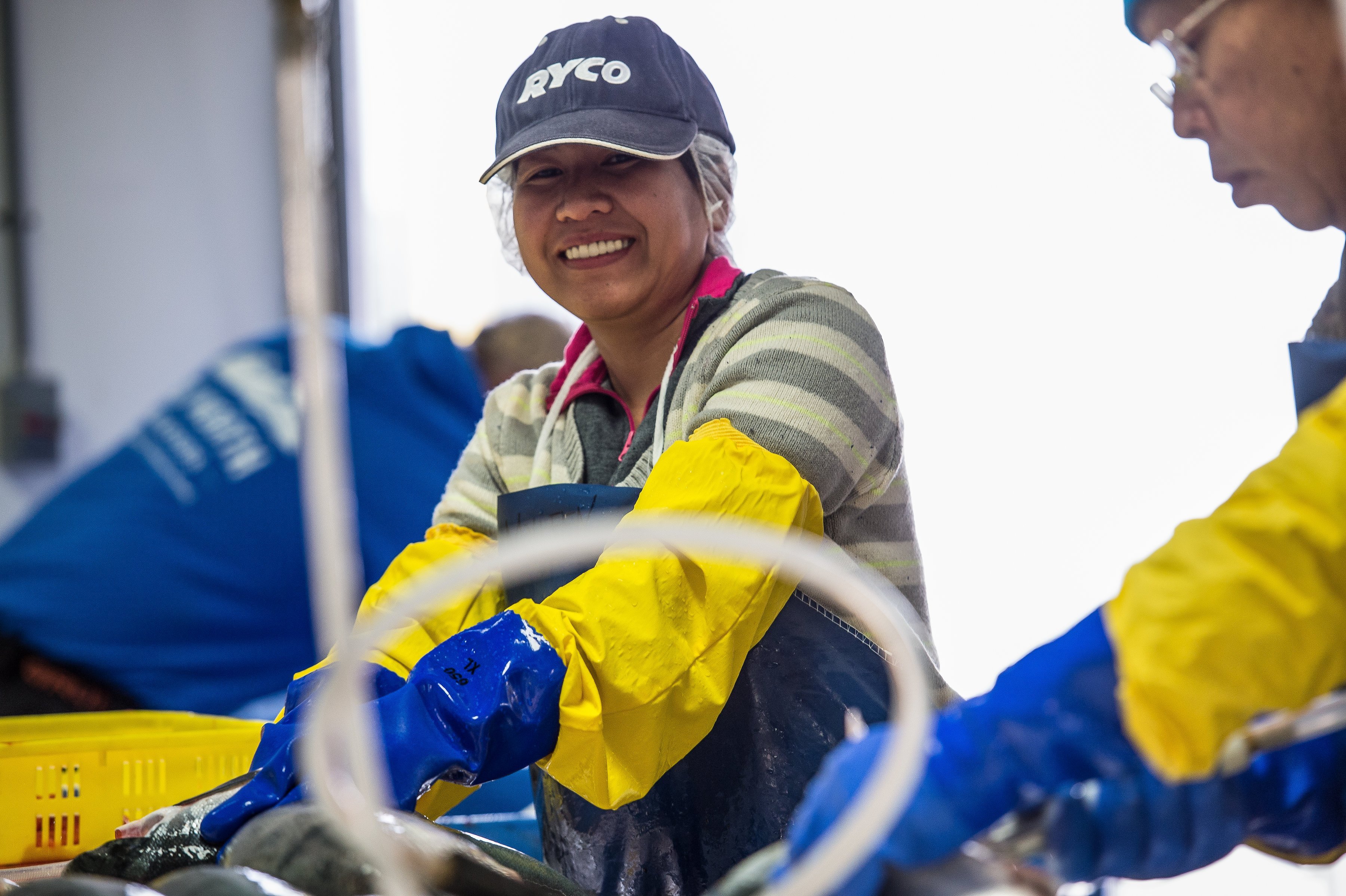
The fisheries biologists and the Alaska Department of Fish and Game play a crucial role in the sustainable management of Alaska's fisheries. They track biomass, health and behavior of the fish populations as well as the impact of human activity on the marine ecosystem. This information is used to inform fisheries management policies, including catch quotas, fishing methods, and habitat protection measures. By working closely with fishermen, processing managers, and other industry stakeholders, fisheries biologists can ensure that their research is relevant and useful in promoting sustainable fishing practices.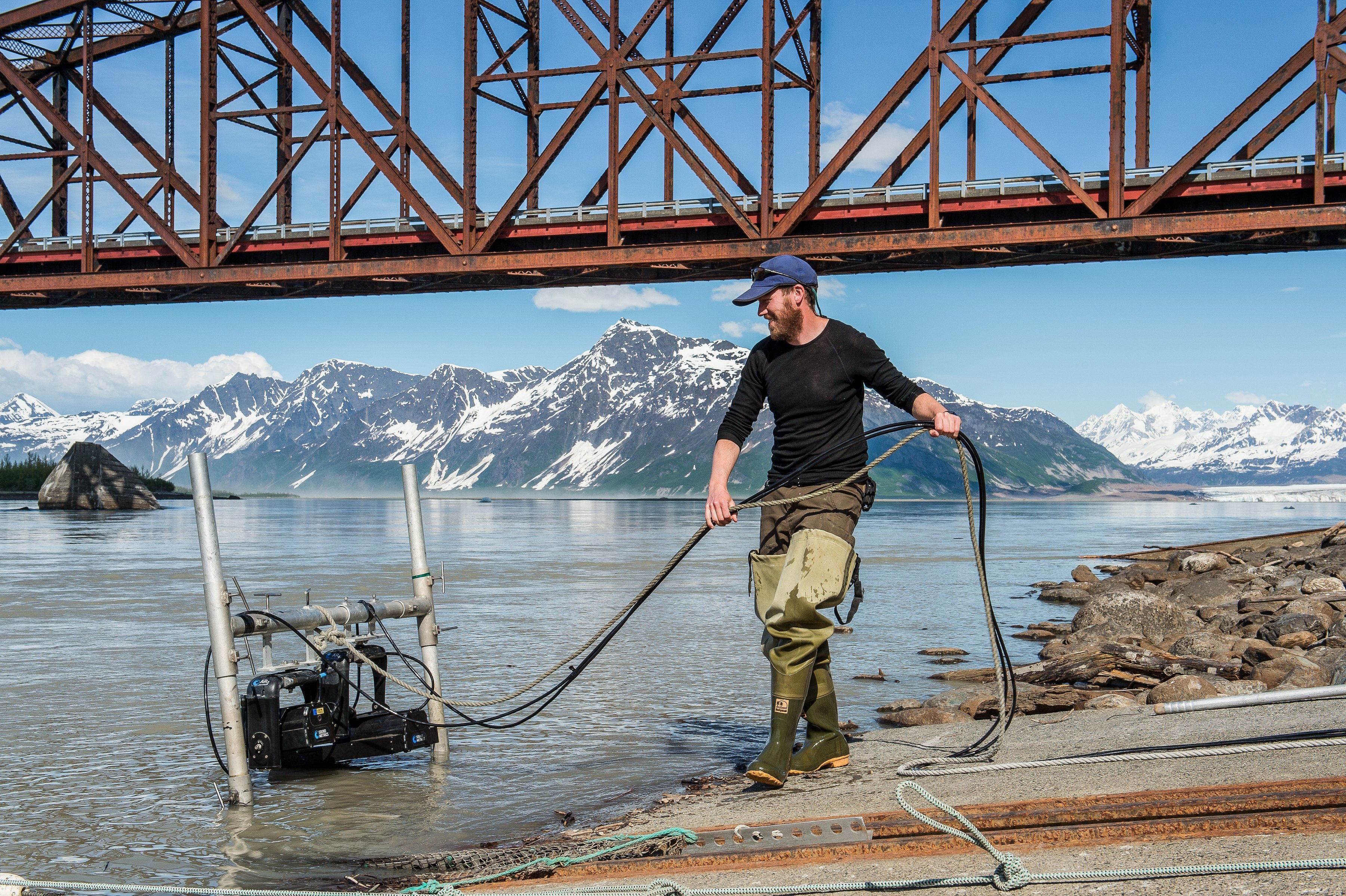
Law enforcement officers are also essential to the sustainability of Alaska's fisheries. They work to enforce state and federal fishing regulations, preventing overfishing and illegal fishing practices. This ensures that the fish populations remain healthy and abundant for future generations.
All of these different players in Alaska's fishing industry work together year-round to ensure that the fish populations remain healthy, the ecosystem is protected, and the seafood produced is of the highest quality. They rely on each other's expertise and knowledge to make the best decisions for the industry as a whole.
In addition to sustaining the fisheries, the industry is also critical to the economic well-being of Alaska's coastal communities. Commercial fishing provides jobs for thousands of people in these remote, coastal communities and supports local economies and businesses. In many cases, fishing is the primary source of income for these communities.
Alaska is a shining example of how different walks of life can work together to achieve a common goal. From fishermen to scientists, processing managers and workers, law enforcement and marketing associations, everyone plays a crucial role in ensuring the sustainability of wild Alaska fisheries and the economic well-being of the coastal communities that rely on them. By working together, they have created a thriving industry that produces some of the highest quality seafood in the world, while also protecting the environment and preserving a way of life that has been passed down for generations.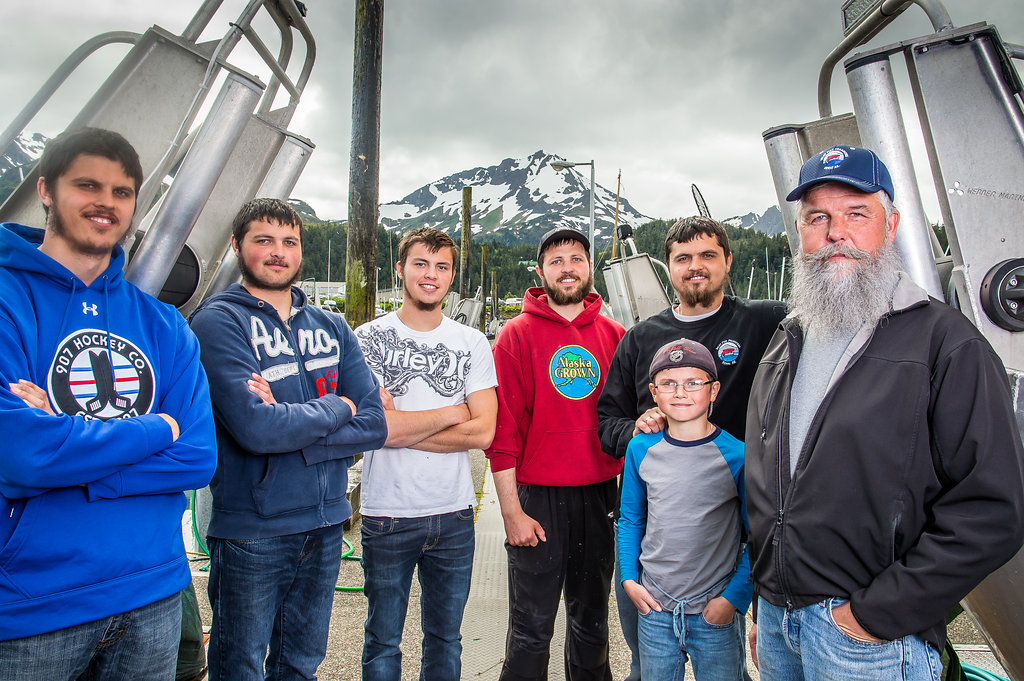
Whether you are a buyer, consumer, non-government organization or other stakeholder, when shopping for seafood, look for labels or signage that indicate the origin of the product: "Alaska Seafood", "Wild-Caught in Alaska", "MSC (Marine Stewardship Council)" and "Alaska RFM (Responsible Fisheries Management)". Seafood from MSC and Alaska RFM certified fisheries provides documented third-party assurance of responsible seafood sourcing policies, providing credible standards for sustainable fishing and supply chain traceability. Alaska RFM is benchmarked by the Global Sustainable Seafood Initiative (GSSI) and aligned with the United Nations Food and Agriculture Organization (FAO) Code of Conduct for Responsible Fisheries. It is the most comprehensive set of international standards and best practices for wild fisheries. Many of Alaska's fisheries are certified by Alaska RFM, including all of Copper River and Prince William Sound salmon.
Finally, you can always ask the retailer or restaurant where the seafood came from. Many retailers and restaurants are proud to offer Alaska seafood and will be happy to share information about its origin, ensuring that you are buying Alaska seafood while supporting small businesses, protecting the environment, and securing healthy fisheries for generations to come.
‹ Back


